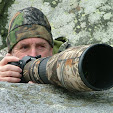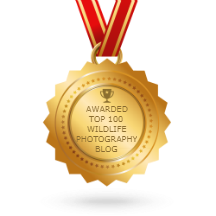 |
| Adult male after bathing |
|
I've been watching & photographing 2 nesting pairs of Kingfishers on the River Camel this spring. I hold a Natural England Schedule 1 licence to photograph them near to the nest as it's an offence to disturb these birds when nesting and of course it's not in my interest to cause any disturbance as then I'd get no pictures and more importantly the birds might fail to breed.
As it was one of the pairs failed and the other pair fledged at least 3 young yesterday (15th May).
The pair that failed had just started feeding young with the male active and the female still brooding the clutch. It was a cold rainy few days and I'm not sure of the cause of failure but it could have been their limited ability to catch prey when the river became muddy or one of the adults being taken by a predator or something as simple as the burrow collapsing.
 |
| Adult female taking a break from digging the nest burrow. Note the earth on the bill. |
|
The female at this nest was very pale coloured on the breast and I did wonder if she was a late bird from last year and wasn't experienced although I did watch her take a brook lamprey & deal with it well.
 |
Female with a brook lamprey
|
 |
| Female with a brook lamprey | |
 |
Male with salmonid
|
 |
| Male kingfisher |
 |
| Male kingfisher | |
 |
Female kingfisher
|
 |
Female kingfisher after a bath
|
 |
| Female Kingfisher with a bullhead |
|
 |
Male kingfisher with a brook lamprey
|
After taking many hundreds of photos of "birds on sticks" I played around with fast exposures and tried to catch the birds visiting the perch, usually after emerging from the water as they usually dunk in the river after leaving the burrow to clean off any earth and fish slime from the nest.
 |
Slow shutter speed!
|
On the 15th May the young left the confines of the burrow to a bright
new world. I saw 2 young and the adults were still carrying food to the
nest so at least 3 young. Eventually one more emerged and sat in an
alder sprig in the bank calling for food.
 |
A newly emerged youngster
|
 |
Female kingfisher with a bullhead and a begging youngster
|
 |
Photobombing from the male
|
 |
| Female kingfisher with a bullhead and a begging youngster |
 |
| Female kingfisher with a bullhead and a begging youngster |
The adult female would not let the youngster have the fish but kept teasing it by putting it to its beak and then taking it away again. I guess some kind of training for their future survival.
Finally I watched a lone young kingfisher sat on an old water diversion board, spending time looking into the water....was it looking at its reflection for the first time or eyeing up its next meal?
Always a great pleasure to be able to spend time in the company of these amazing and beautiful creatures. Hopefully they'll soon start on 2nd broods to keep the numbers up on our river.























%20(1).JPG)
















































